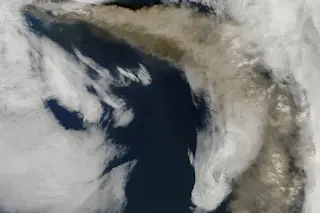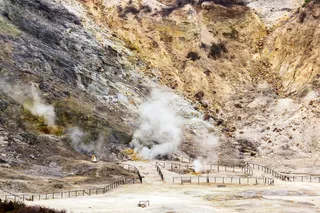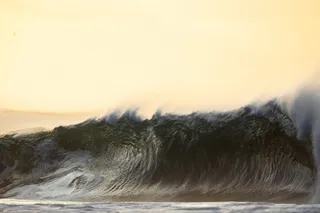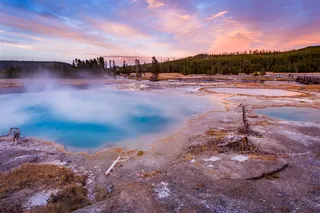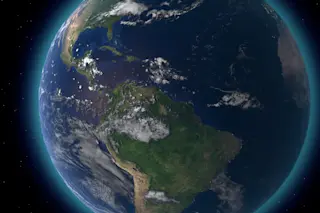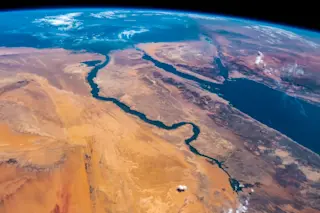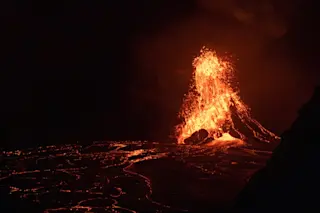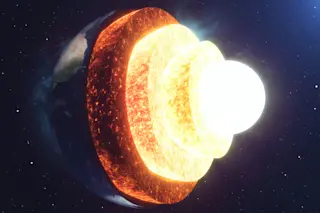Eyjafjallajokull Volcano, Iceland, on May 6, 2010 captured by NASA's Aqua satellite. (NASA/GSFC/Jeff Schmaltz/MODIS Land Rapid Response Team) Quick report from the 2013 Geological Society of America Annual Meeting here in Denver. Sunday was a great day for petrologists and volcanologists, with more talks that I could attend without my head exploding. Rather than report on everything, I thought I'd talk about a couple talks I saw on Iceland. Most people think Iceland is almost entirely basalt because of its location on the midocean ridge, but thanks to the hotspot that also sits under the island, its magmatism is much more complex than simple basalt from the mantle. Over 10% of the surface of Iceland is, in fact, composed of rhyolite or granite (or something compositionally close to that). So, there is a lot of silicic volcanism on the island. A talk by Tamara Carley on Icelandic zircon suggested that ...
GSA Annual Meeting Day 1 Recap: Icelandic Volcanoes
Explore the complexities of the Eyjafjallajokull Volcano, which erupted diverse magma varieties during the 2010 eruption, reshaping Icelandic volcanology.
More on Discover
Stay Curious
SubscribeTo The Magazine
Save up to 40% off the cover price when you subscribe to Discover magazine.
Subscribe

